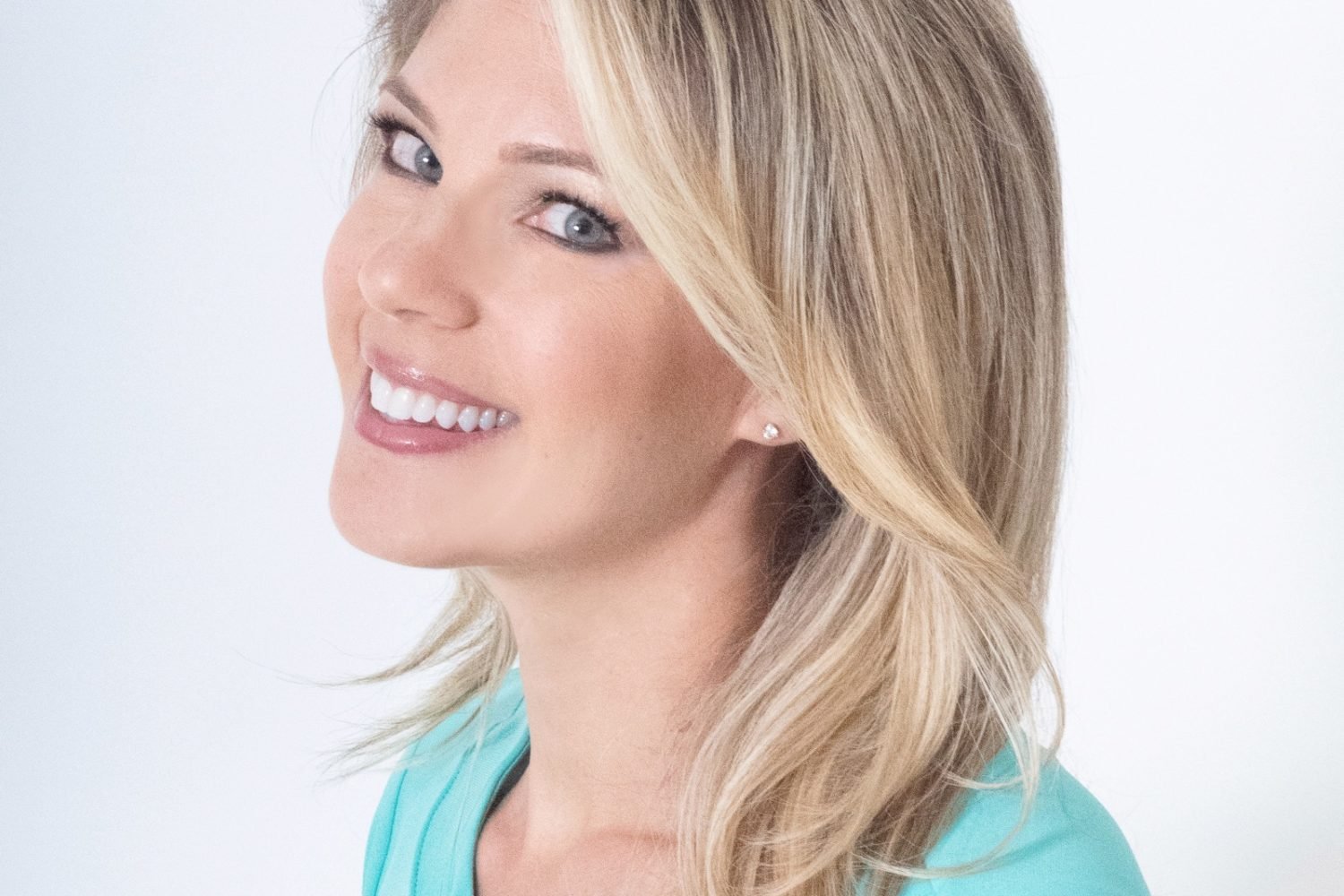National editor Ken Adelman has been conducting What I’ve Learned interviews since 1988.
Creative people need to express themselves, to show their identity,” says Richard Florida. “Cities or organizations that pressure people to conform have a tougher time fostering creative energy.”
Florida, an author and professor at George Mason University, says Washington has the largest percentage of people in the “creative class” of any US region.
He coined that term to describe those whose innovative thinking drives economic growth.
“Certain regions—including Seattle, Austin, and the San Francisco area—make people of different races, ethnic groups, ages, and incomes all feel comfortable. An area open to tolerance and diversity indicates it’s open to new ideas.”
Florida was born in Newark, New Jersey, in 1957. His father worked in an eyeglass factory, and his mother took ads for the local paper. They lived in North Arlington, New Jersey—“a tough working-class town” of Italian, Irish, and Eastern European immigrants. Florida majored in political science at Rutgers and received a doctorate in urban planning from Columbia.
The founder of two communications and consulting companies, Florida has taught regional economic development at Carnegie Mellon. He has also been a visiting professor at MIT and Harvard’s Kennedy School of Government.
His first book, The Rise of the Creative Class: And How It’s Transforming Work, Leisure, Community, and Everyday Life, received the Political Book Award from Washington Monthly, and its topic was named a “breakthrough idea” by the Harvard Business Review. His follow-up, The Flight of the Creative Class: The New Global Competition for Talent, was published last year. He’s at work on a book about why the place we choose to live is the most important decision we make.
Florida long wanted to live in Washington. He moved here two years ago to become Hirst Professor of Public Policy at George Mason. He’s also a senior scientist with the Gallup Organization. In July, he married Rana Kozouz in Ravenna, Italy; she’s senior director of communications and marketing for HMSHost, which provides food and beverage concessions to the travel industry.
In his home in DC’s Forest Hills section—across from the Hillwood Museum—Florida talked about what he’s learned.
What is creativity?
The dictionary says it’s the ability to create new and meaningful forms. It’s easily recognized in the arts and sciences—a great symphony or artwork that moves people, a piece of software that solves some task, new biotechnology to fight a disease. But there’s creativity on a more modest level. That consists of many little things that, cobbled together, produce a big result.
I learned this from conducting studies of manufacturing processes. What usually gives companies the biggest bang isn’t the breakthrough of creating a new product. It’s more often the incremental innovation that fosters continuous improvement. This opens the way for Toyota, for instance, to make cars that don’t break down.
There are few places that do these two types of innovation well. California’s Silicon Valley is fabulous for new breakthroughs. Toyota does well with incremental innovation.
How do you identify those fighting creativity in an organization?
Listen for such phrases as “No, you can’t do that,” “That’s not a good idea,” “That would never fly here,” “You’re too young”—anything that discourages people from accomplishing a goal.
In an enabling organization, you’ll often hear, “Let’s try it.” Toyota tells workers, “If there’s a better idea in your group on how to organize the work process, just go do it.” They want any such new process videotaped and posted on the worker’s job station. If it really improves the process, the company will recognize that person or group and ask the rest of the company to try it, too. They encourage people to innovate, and they diffuse the results quickly.
Most creative people don’t respond just to extrinsic rewards like money. They respond to big challenges, excitement, the need to improve something. They seek a “flow” or positive emotion that arises with their discovery.
I worked on this issue of how to manage creative people with my friend Jim Goodnight, founder and CEO of the SAS Institute in North Carolina. It’s the largest private software company in the world. Jim stressed to me that creative people must be challenged, yet he didn’t use stock options or bonuses. Employees were motivated by a challenging task given to them in a creative environment.
And he taught me something important: You have to find the thing that challenges each individual. He’d say, “It’s different for a salesman than it is for a software coder.”
Jim built a beautiful campus with jogging trails, public art, and landscape sculpture. There are two Montessori daycare centers right on campus and a high school he cofounded nearby, none of which he considers a perk—they’re necessities. He says, “I want my people fully engaged in their work and not worrying about a sick child or when they’ll pick their kid up from school.” The company provides great meals, including meals to go, because he needs his workers to be hassle-free and comfortable.
But he’s no softie. I asked him what he does with slackers in this environment—he simply throws them out.
His people work 9 to 5 most of the time. He believes that if creative people’s minds are at work more than eight hours, they’re no longer working effectively. All they’re doing is making more defects.
Finally, he says long-term employment is absolutely essential. Creativity is embedded in relationships. He needs people who work together a long time. A customer with a problem can then turn to a salesperson or engineer he knows well. If he keeps people for 20 or 30 years, that human capital transforms into creative capital shared in the relationships.
How is Washington at fostering creativity?
Off the charts. It has the highest percentage of highly educated people. It has three of the country’s top five counties in terms of residents with a bachelor’s degree or above, and four of the America’s top five counties whose residents have advanced degrees.
It has what I’ve dubbed the three T’s: technology, talent, and tolerance. If you look at the region broadly, there’s the Dulles software corridor, the biotechnology and biomedical area around NIH, and the Johns Hopkins knowledge base. It has become a fabulous media center, with Discovery, AOL, NPR, and XM radio. There’s a vibrant artistic and cultural scene.
Plus, it’s become a center of tolerance. One day when I was teaching at Carnegie Mellon, I asked my students where they’d like to live. A Korean student said Washington because it has great places to work and an active Korean community. My Indian student said Washington because it offered so many opportunities in software. My black student had already studied places that welcomed highly educated African-Americans and concluded that the top two were Atlanta and Washington. My gay student said simply, “Dupont Circle.” It was a great place for him and his partner.
In our Gallup surveys on what makes a city great, safety and education are frequently mentioned. But more surprising were two factors: the physical beauty, or aesthetics, and its openness to different kinds of people. Washington scores off the charts on these criteria.
Before the survey, I had assumed that high-income and highly educated suburbanites would rate the area higher than inner-city residents did. But those living right in the city say they’re just as happy. The city’s so hot largely because it’s so open to young, energetic people.
The great urbanist Jane Jacobs always said new ideas require old buildings. Fostering new ideas comes best in authentic, historic neighborhoods, which excite people. They’re open to human creativity and self-expression. Think of Palo Alto, where such companies as Hewlett-Packard and Apple were born. Around there, John Steinbeck wrote, the Merry Pranksters ran around, and the Grateful Dead was born. Such old neighborhoods have rich characteristics, where people mix and mingle.
What’s the role of mayors in making cities great for creativity?
Mayors are spearheading efforts to shape creative communities. The real problem is at the national level. Very few people on Capitol Hill are even aware of this.
My favorite mayors are an incredible group of young guys—Baltimore’s Martin O’Malley, Denver’s John Hickenlooper, Providence’s David Cicilline.
DC’s mayor, Tony Williams, is underrated. He’s had a tough job turning this traditional government center into a creative-class city. He’s had to cope with growing income disparity and resistance to change. As the city is revitalizing and gentrifying, people in many neighborhoods say, “Stop it.” I think we’re going to miss Williams when he’s gone.
What can the federal government do to encourage creativity?
We have to invest more in science and technology for sure. But we also have to invest in talent. It goes far beyond better math and science education. We need a new paradigm for education. We have to embrace concepts like learning everywhere in every capacity.
America’s biggest deficit isn’t our trade or budget deficit—it’s our talent deficit. Frankly, our kids today are getting bored. They’re more stimulated by the technology around them—mostly in the form of entertainment—than by the schools. We’ve got to excite them about learning, especially outside school.
The government also needs to set the climate for tolerance. This is not about the culture wars. If America is viewed as a place that’s less open to gay people or immigrants or that turns science into a political football, it will harm our ability to attract talent and compete at the cutting edge. With a more farsighted policy, we could pick up big numbers of brilliant young Chinese and Indian entrepreneurs.
Remember, what made America great was our willingness to welcome those the rest of the world rejected. During the 1920s, ’30s, and ’40s, as Germany and Italy became fascist and Europe was engulfed in war, the best and brightest scientists were forced out or escaped, and we picked them up—from Enrico Fermi to Albert Einstein.
We were the place that welcomed you no matter what. We said to all: “Come to America.” We’re no longer communicating that message to the rest of the world. Our country’s voice, in both political parties, is becoming shrill.
How could Washington become more creative?
Simple—reduce the cost of housing and amount of traffic.
We need a different development model. We need more density. That doesn’t mean we need skyscrapers like Manhattan, Chicago, or Shanghai. We can have both density and smaller-scale beauty.
We need to figure this out, since we’re growing like mad. Washington has added more jobs over the past year than New York City or Houston over the past five years.
Give an example of high density and beauty here.
Forest Hills, the neighborhood where I live in Northwest DC. Georgetown is another. Dupont Circle. And look at the development in Bethesda and Arlington. They’ve become real success stories. Not long ago, Arlington was said to be dying. Along the Metro it added retail, recreation, and housing. Experts claimed it was already saturated, but Arlington has revitalized by adding density and still remaining pleasant.
Our area badly needs interregional cooperation. We now have three fiefdoms. If DC, Maryland, and Virginia could work together and start cooperating with authorities ranging all the way up to Baltimore and down to Richmond, we could have what Baltimore’s Mayor O’Malley calls “the creative crescent.”
New York City confronted this problem in the 1960s. It recognized the need for tri-state planning, especially on rail and rapid transit. That’s why the regional governments formed the New York Port Authority.
What have you learned overall about the creative class?
That popular culture, business start-ups, the rise of cafes, an open gay community, and new emphasis on jogging and cycling are all part of reinventing individual lives, our economy, and society. They’re encouraging the best use of our minds, especially our individual and collective creativity.
I’ve learned it’s hard to communicate a new idea in a popular fashion. Academics aren’t trained for it. They have no courses in it. They’re trained to criticize someone’s work in a traditional way. They aren’t prepared for popular debate.
You have an obligation, as a scholar or intellectual, to challenge ideas. That’s hard, considering you’re not always right—no one is. But people conducting social research need to speak to a broad audience. Though it’s not encouraged in academic circles, it’s important.
A young computer scientist told me why he left the university and joined a start-up. He said, “It was no longer enough for me to publish a new algorithm or new computer-science technique. I had to make something that helped people directly, that they could actually use. That’s the real challenge of being a good scientist.”
Your lessons of life?
That people have an amazing capacity to rebuild and revitalize our world. The key is to enable people at every level to make their organizations and communities better.
I’ve learned that to succeed, you have to go with your gut. Most of what we create comes from a hunch. That doesn’t mean we don’t need to know a lot first. We spend years accumulating vast knowledge. But it’s that instinct you’ve got to follow. Along the way, verify it by collecting evidence. If it turns out to be wrong, be open to that evidence. Having made that mistake should force you to think in a new way.
This leads into my last lesson: being open-minded, tolerant, and inclusive. The biggest lesson I’ve learned is how awful it is to put people in boxes, to wall yourself off from things you don’t want to hear by restricting others’ ideas.

















